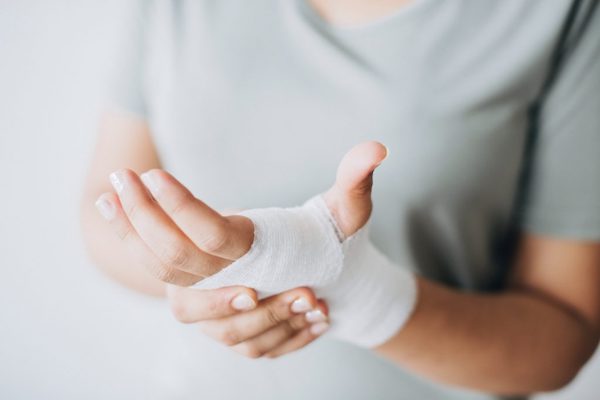Personal injury law is a civil law that deals with the legal rights and remedies of anyone who has suffered harm from an injury or accident caused by another person’s negligence or intentional wrongdoing. Personal injury cases refer to legal disputes that can include several types of damages, such as emotional distress, medical expenses, pain and suffering, and lost wages. Basically, personal injury cases can be stressful and challenging, especially when the negligent individual disagrees on who made the mistake or how much compensation is reasonable.

Going to court can be an expensive, lengthy, and uncertain process that may not result in a satisfactory outcome for the victim. It is one of the main reasons that most personal injury cases are resolved using alternative dispute resolution (ADR) methods. This may give you the best way to settle a dispute without going through the trial process in court.
The great advantage of alternative dispute resolution methods is that they can save you money and time. When hiring a personal injury lawyer, ask them which ADR method would be best for your case. They will choose the best option and guide you throughout the process.
Read this article to learn about the common types of alternative dispute resolution methods available for personal injury cases:
Negotiation
Negotiation is an important method of dispute resolution. It is always attempted first to sort out a dispute. This method requires the parties to meet to resolve a dispute without the help of a mediator, outside facilitator, or arbitrator. The great benefit of this type of dispute settlement is that the parties themselves control the process and the solution. It gives a lot of flexibility and also has a smaller format than other types of alternative dispute resolution methods.
Mediation
Mediation is also called facilitation. This may be considered a confidential process that includes a third party known as a mediator. The mediator assists both the victim and the negligent party to communicate clearly and negotiate effectively. It is important to note that the mediator will not offer any legal advice or make any decisions but instead support both the negligent party and the victim to achieve common ground.
Moreover, the mediator may guide you with alternatives or possible solutions that may satisfy both parties. Generally, mediation can be performed before or during litigation and can be started by the court or by the parties themselves. Usually, mediation can result in a compensation agreement that is legally binding and enforceable by the court when both parties accept it.
Arbitration
Arbitration is a structural and formal process that uses the help of a neutral third party, known as an arbitrator, who works as a judge and makes the right decision over a dispute after listening to all the evidence and hearing arguments from both parties.
This method can be non-binding or binding, depending on whether the parties agree to follow the arbitrator’s decision or not. In detail, binding arbitration means that the decision of the arbitrator is final and imposed by the court. Non-binding arbitration means that the decision of the arbitrator is aiding and can be denied by either party.
Few courts will enforce fines and expenses when the court’s decision is more unfavorable than that achieved in arbitration. Non-binding arbitration has become rare.
Final Thoughts
Hope this blog post helped you learn about the common types of alternative dispute resolution methods used in personal injury law. These methods may offer various benefits, such as quicker resolution, reduced expenses, and much more. Also, they make their process easier and allow them to make informed decisions.
Read More:

